
In November 1979, a cultural-relics preservation team inspected the Tomb of the King of Tibet. It was listed as a national key cultural relics protection unit in 1961.
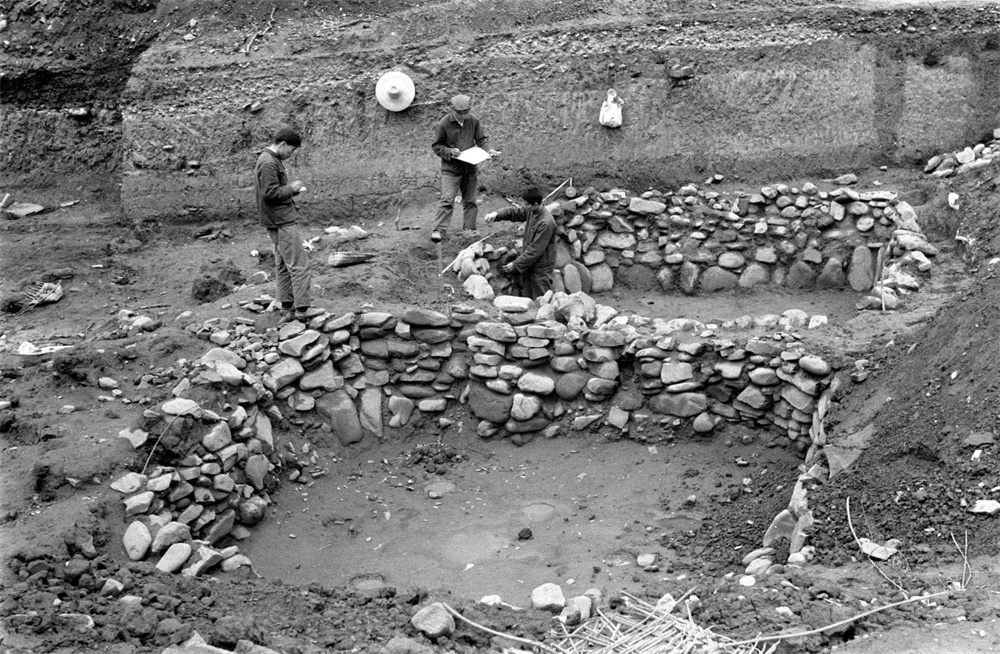
In December 1979, archaeologists carried out archaeological excavations on the Karub Archaeological Site in Chamdo, Tibet, and unearthed a large number of cultural relics.

In May 1981, cultural-relics preservation personnel of the Sakya Monastery were sorting out artifacts in the Monastery.

In January 1980, a maintenance team was restoring the murals of the Sera Monastery in Lhasa.

In March 1982, relevant departments carried out an investigation on the cultural relics of the Jokhang Temple in Lhasa.
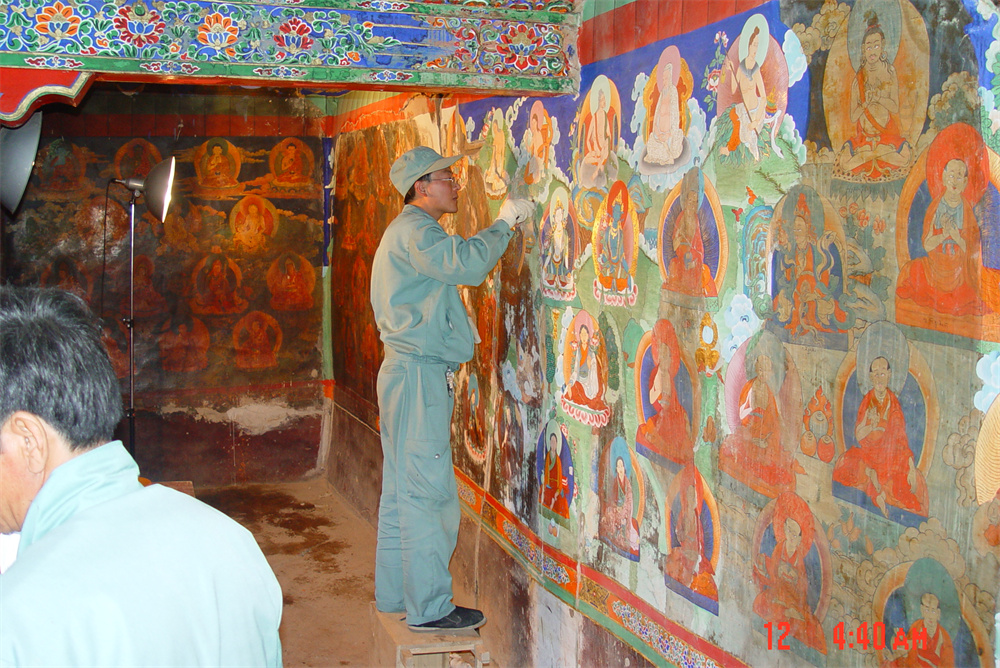
In 2005, a maintenance team was restoring the ancient murals of the Medicine Buddha Hall of the Potala Palace.

Maintenance Work of the Sera Monastery From 2006 to 2010, the central government allocated 570 million yuan to maintain and preserve 22 key cultural relics preservation sites in Tibet.
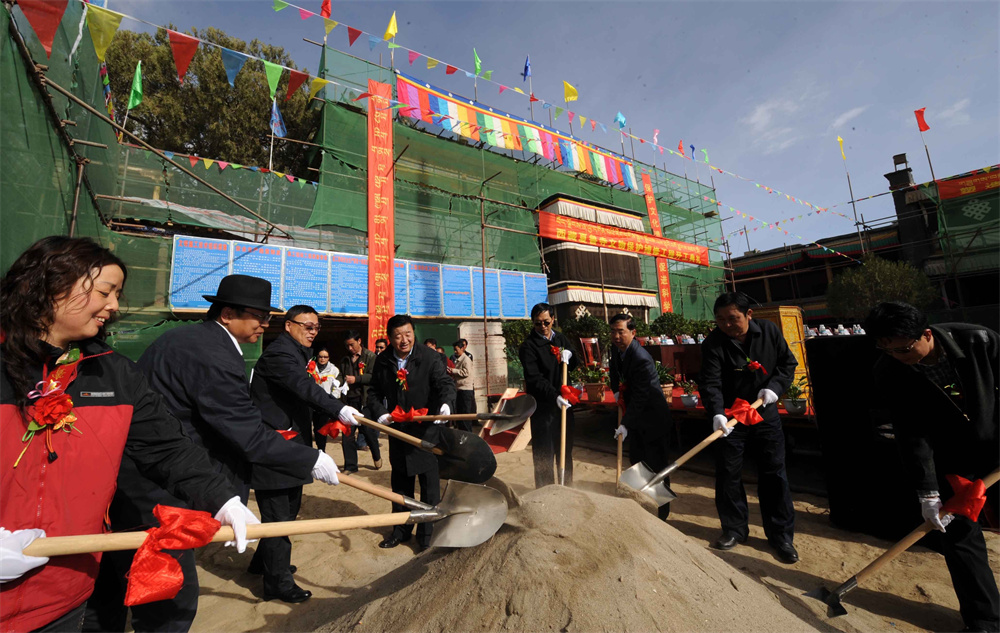
On May 13, 2009, the maintenance project of the Xialu(zha-lu) Monastery came into operation with an investment of more than 16 million yuan. It strictly followed the principle of Repair Old as Before throughout the maintenance and protection period.

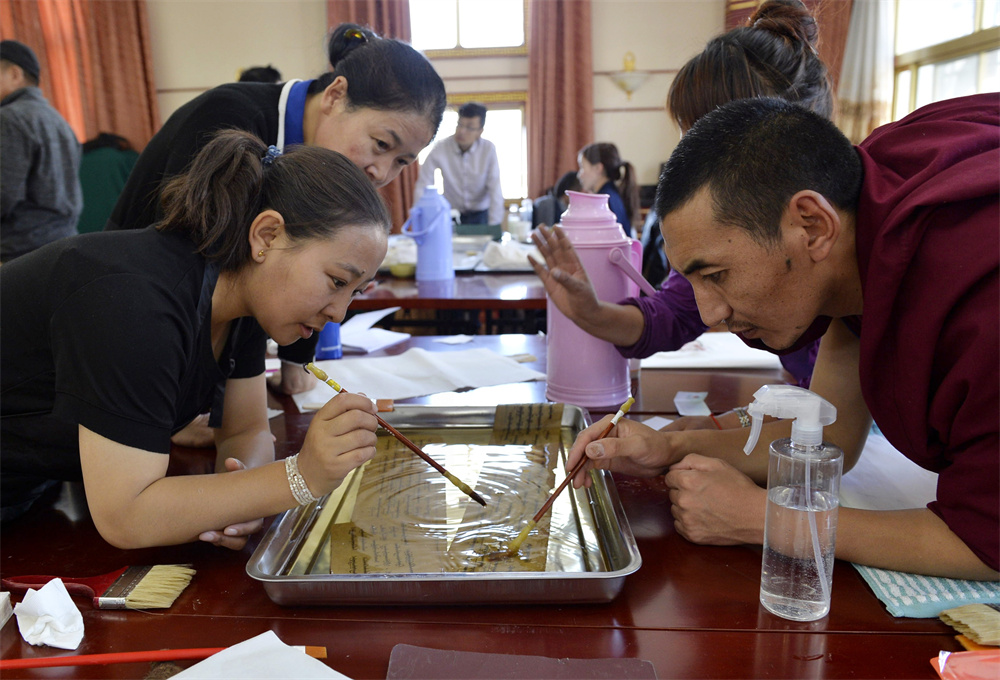
Students of Rehabilitation Training Course of Tibetan Ancient Books were restoring damaged Tibetan ancient books.
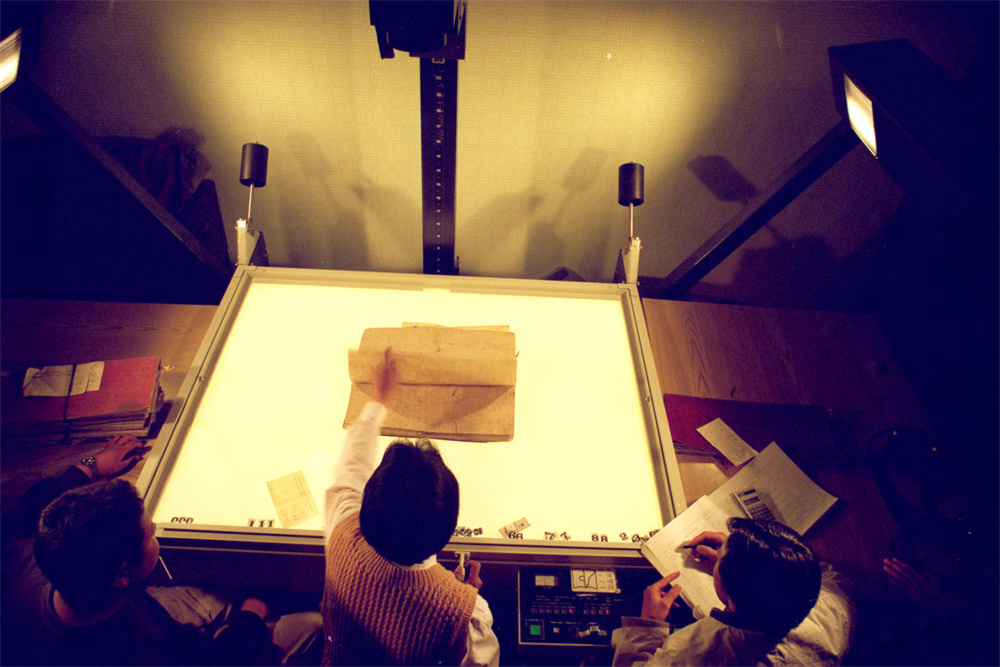
Staff of the Archives Center of TAR are filming historical archives with the help of microfilm equipment. The center holds 136 full archives with more than 3 million volumes.
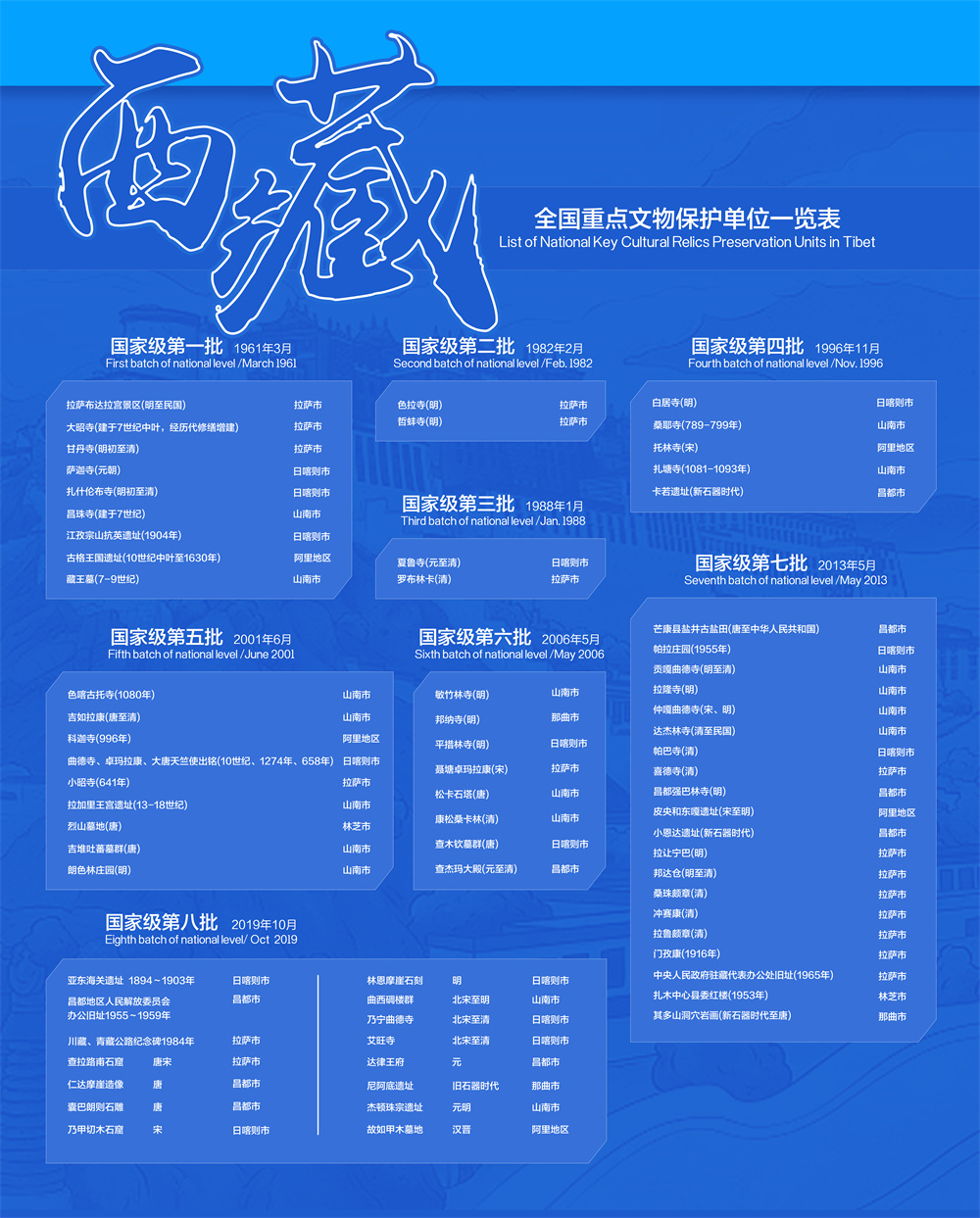
List of National Key Cultural Relics Preservation Units in Tibet
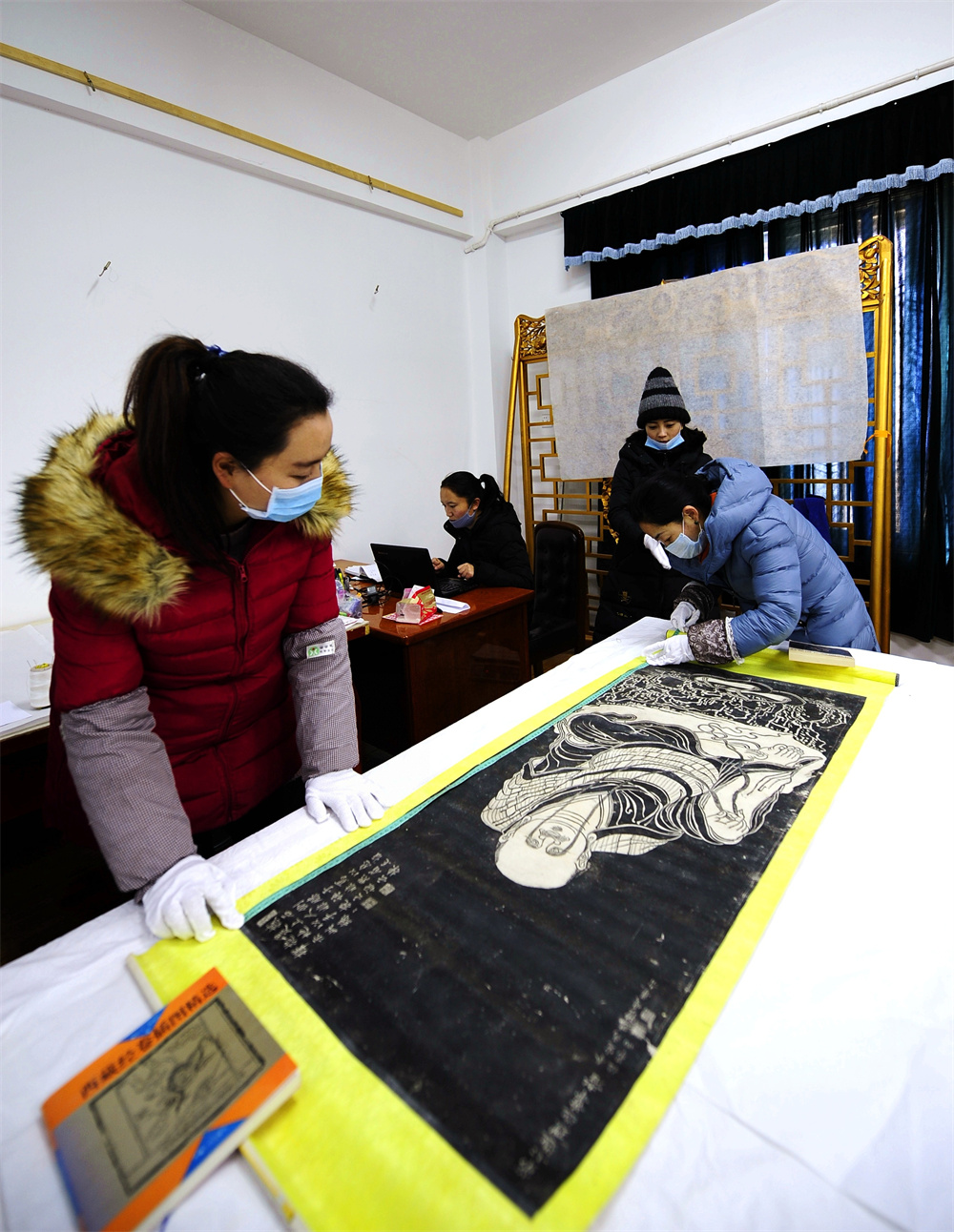
Staff of Tibet Museum are working on E-construction for its collection of cultural relics
2020 Copyright by Museum of Tibetan Culture, China Tibetology Research Center All Rights Reserved.
Unless otherwise indicated, all of the content featured or displayed on the Site, including, but not limited to, text, pictures, videos and the 360° panoramic videos, is owned by Museum of Tibetan Culture.


Log InPlease log in and comment later